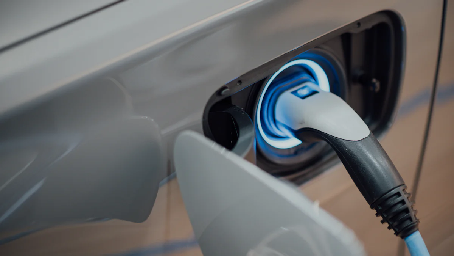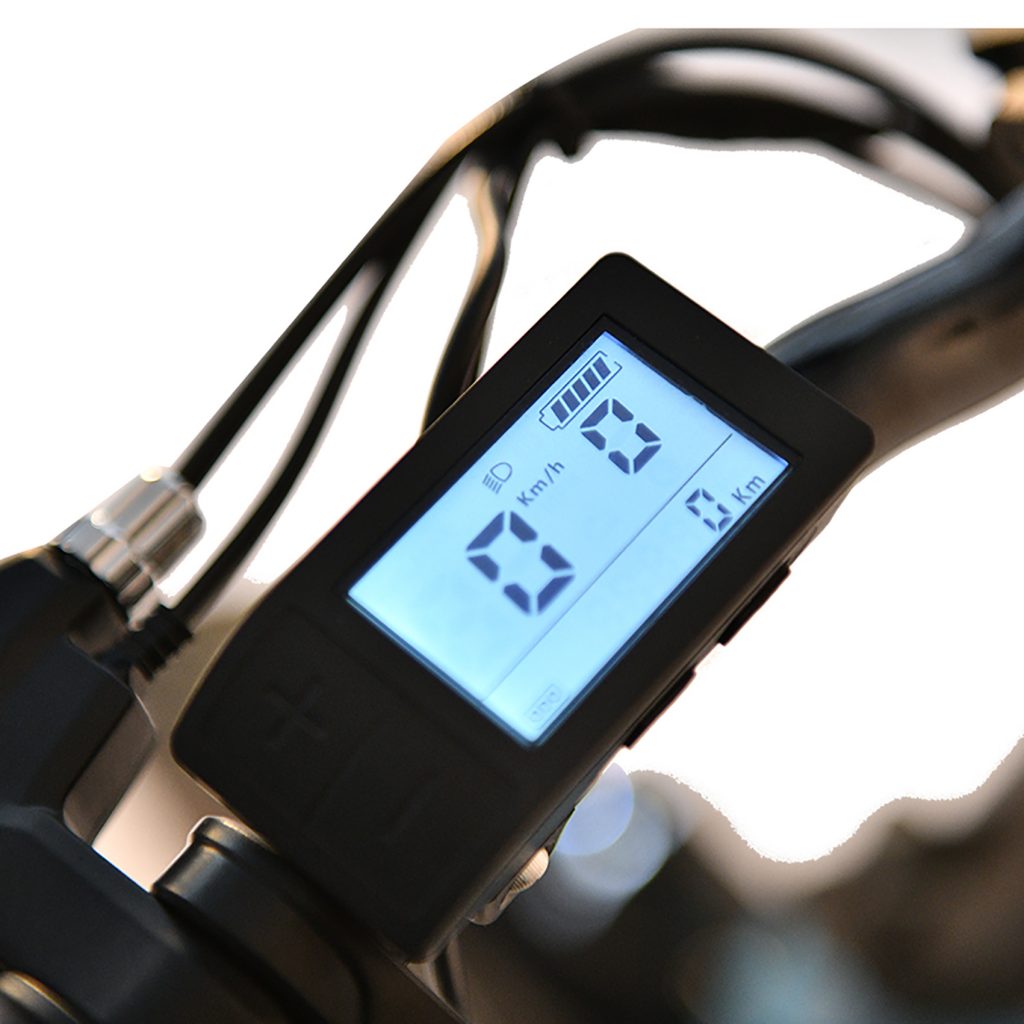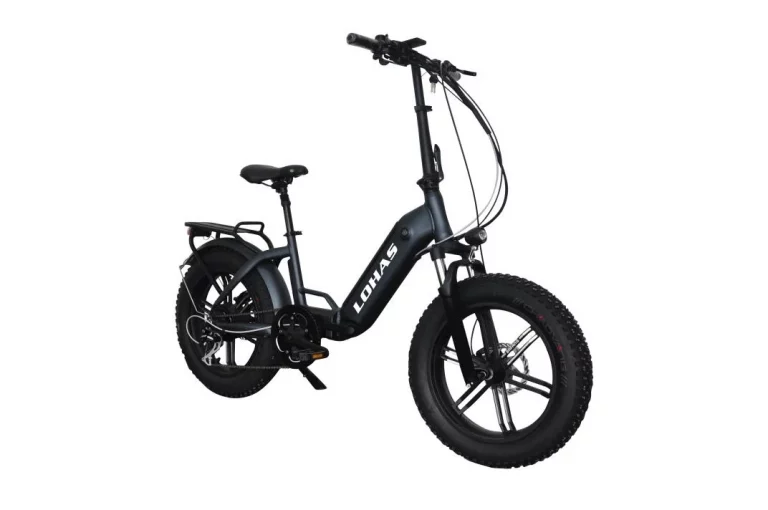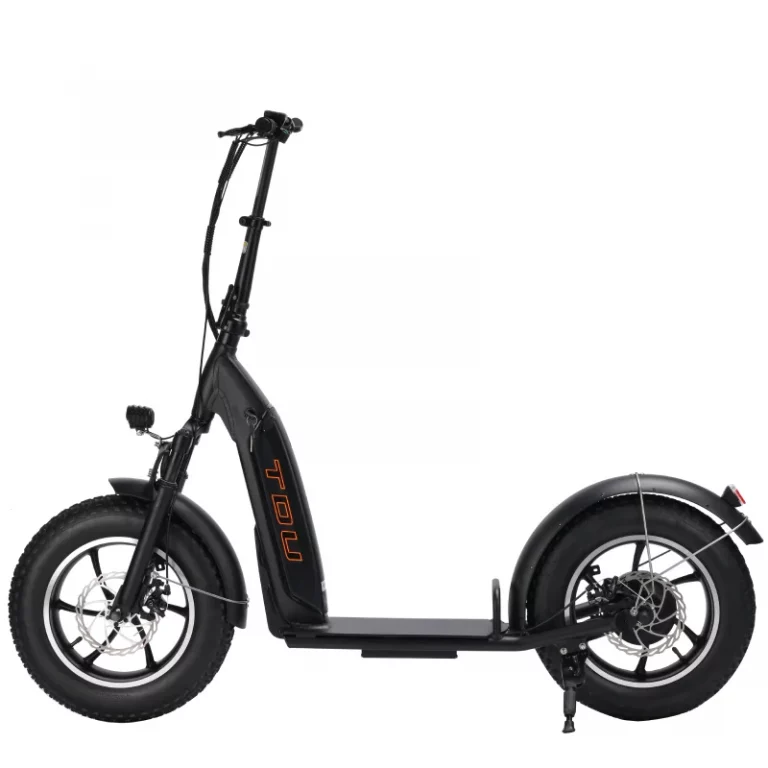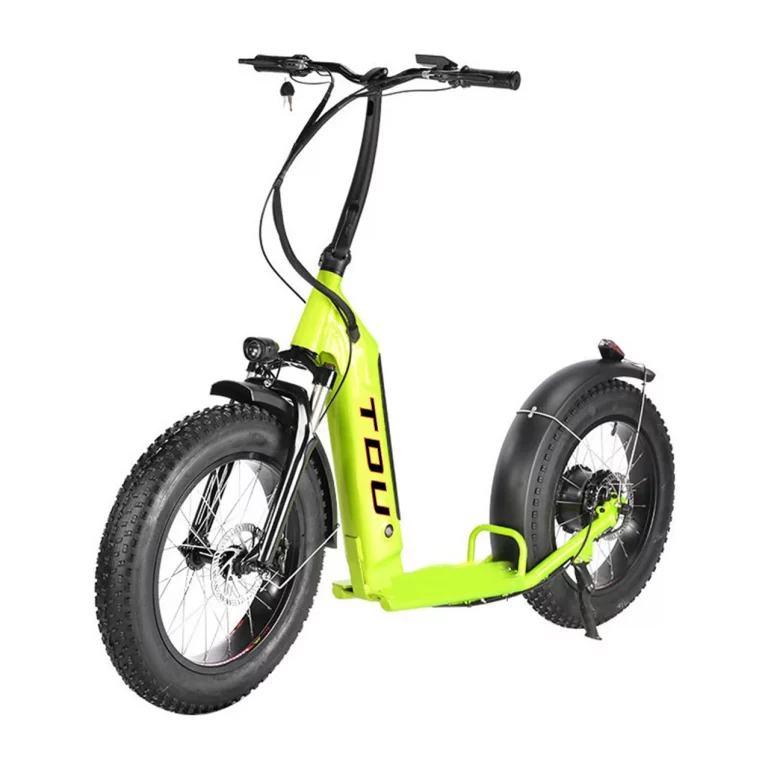Charging scooters is a task, for many users. Knowing how to take care of the battery properly can greatly improve its performance and lifespan. With advancements in e scooter technology the understanding of battery maintenance has also progressed. There is a discussion about whether its better to deplete the battery before recharging it and experts have shared their insights on different approaches to ensure the battery stays healthy. This article will explore the importance of maintaining e scooter batteries provide tips on charging them and discuss the conversation, about discharging batteries completely.
Understanding E-Scooter Battery Health
Importance of Battery Maintenance
Ensuring the well being of a scooters battery is crucial, to maintaining its performance and durability, over time. By adhering to maintenance procedures you can avoid breakdowns and prolong the batterys lifespan. Proper battery care involves not how it is charged but also efforts to mitigate the impact of wear and tear on its capacity. Adopting charging practices can notably decrease deterioration. Optimize the everyday functionality of electric scooters.
The Impact of Draining on Battery Life
Fully depleting a battery before charging it can harm its longevity. Lithium ion batteries, commonly found in e scooters work best with discharges of complete ones. Allowing discharges could cause chemical alterations, in the battery potentially decreasing its efficiency and storage capacity. Recognizing these effects is crucial, for e scooter riders aiming to make the most of their purchase and guarantee long term dependability.
Common Misconceptions About Battery Usage
Many people have ideas, about how to use e scooter batteries. One common myth is that fully draining a battery before recharging it keeps it working.. This isn’t usually true for todays lithium ion batteries. Believing these misconceptions could lead users to damage their batterys condition. Teaching users the true nature of their batteries is crucial, for managing performance
Best Practices for Charging E-Scooters
Manufacturer Guidelines
It’s crucial to follow the manufacturers instructions when it comes to charging your e scooter to uphold the warranty and preserve battery life. Manufacturers conduct testing to determine the charging practices, which can help users maintain their batteries effectively. By sticking to these guidelines users can avoid nullifying the warranty due, to charging methods.
Warranty Considerations
It’s important for e scooter users to grasp the significance of warranty terms. Some warranties specifically protect against battery issues only if the scooter is operated as, per the manufacturers instructions. Failure to comply could result in rejected warranty claims leading to expenses, for fixing or replacing parts. Hence it’s advisable for users to carefully read and adhere to the warranty conditions.
Optimal Charging Cycles
Using optimal charging cycles is vital for enhancing battery health. Experts recommend charging lithium-ion batteries when they drop to around 20-30% and unplugging them when they reach 80-90%. This partial charging routine avoids excessive strain on the battery while promoting a balance between available charge and longevity. Users should also avoid keeping their batteries plugged in for extended periods after reaching full charge, as this practice can lead to stress on the battery components.
Environmental Factors to Consider
Environmental conditions play a significant role in battery performance. Factors such as temperature and humidity should not be overlooked when charging e-scooters. Excessive heat can accelerate battery degradation, while extremely low temperatures can hinder performance and capacity. By taking these environmental variables into account, users can create a better charging experience for their batteries.
Temperature and Humidity Effects
Temperature fluctuations can affect the efficacy and longevity of e-scooter batteries. High ambient temperatures can lead to overheating during charging, while cold temperatures may result in inadequate charging. Users should aim to charge their e-scooters in a temperature-controlled environment to mitigate these effects. Likewise, moisture levels can also impact battery health, as excessive humidity may lead to corrosion and related issues over time.
Storage Conditions
When e-scooters are not in use, proper storage conditions become essential for battery care. Storing an e-scooter in a cool, dry place can prevent issues related to heat and humidity and prolong battery life. It’s recommended that users remove the battery if possible or ensure that the scooter is stored in a place where extreme conditions will not occur. Proper storage can culminate in a healthier battery, ensuring that it’s ready when needed.
The Debate: To Drain or Not?
Advantages of Full Discharge Before Charging
Some argue that allowing an e-scooter battery to run fully down before recharging can offer certain benefits. For older batteries, this practice can help recalibrate the built-in battery management systems, ensuring more accurate readings of remaining charge. Additionally, the memory effect, a phenomenon where batteries can have reduced capacity due to repeated partial discharges, can be mitigated by allowing for full discharges periodically.
Calibration Benefits
Battery calibration is an important consideration, especially in cases of older e-scooter models. Full discharges can assist in fine-tuning the battery management system, leading to more accurate battery life estimations. This means that users can gain valuable insights into remaining charge, which can help avoid unexpected shutdowns during operation.
Memory Effect Reduction in Older Batteries
Older battery technologies, particularly nickel-cadmium, were known to suffer from memory effect, which is less of a concern today with lithium-ion batteries. However, users may still consider occasional full discharges beneficial to help maintain performance. Users with older e-scooter models should examine their battery types and determine if a more old-fashioned approach to charging may apply.
Risks Associated with Draining Batteries Completely
While there are some perceived advantages to draining batteries completely, there are significant risks involved. Deep discharges can result in voltage drops that range dangerously low, leading to irreversible damage or decreased capacity. Users should remain aware of these potential hazards when contemplating the practice of completely draining their batteries before recharging.
Potential for Deep Discharge Damage
Deep discharges can expose the battery to damage beyond regular wear. Lithium-ion batteries are particularly sensitive to low voltage conditions, which can prompt internal chemical changes that hinder performance. Users should understand the implications fully before adopting such a practice, as it could severely limit the battery’s lifespan and effectiveness.
Diminished Battery Capacity Over Time
Frequent deep discharges can lead to diminished battery capacity, reducing overall usability in the long term. Batteries depend on properly maintained charge cycles for optimal performance, and constant draining leads to inefficient operation. Users looking to foster a long-lasting battery should think twice before routinely allowing their e-scooters to drain completely.
Insights from Lohas – A Leading E-Scooter Brand
Overview of Lohas and Their Technology
Lohas has established itself as a significant player in the e-scooter market, utilizing advanced technology in their designs. With a commitment to quality and performance, Lohas incorporates high-efficiency lithium-ion batteries in their e-scooters that provide a blend of power and longevity. Their technology emphasizes smart management systems that optimize battery usage, allowing for efficient energy consumption during rides. This integration of modern technology not only enhances user experience but also plays a crucial role in battery health and overall scooter performance.
Lohas’ Recommendations on Charging Practices
Lohas guides users on optimal charging practices that reflect their commitment to battery longevity. The brand advocates for partial charging cycles, recommending that users connect their scooters to chargers when the battery level drops to around 20-30%. This practice helps avoid excessive strain on the battery, fostering a healthier lifecycle. Furthermore, Lohas suggests unplugging the scooter once it reaches approximately 80-90% capacity, as keeping the battery connected beyond this point can lead to overheating and wear of battery components over time.
Comparing Lohas with Other Industry Standards
When comparing Lohas’ charging recommendations with other industry standards, a consistent theme emerges: the importance of avoiding deep discharges and overcharging. Lohas matches or even exceeds many common guidelines found across competing brands, focusing on maintaining battery health and performance. Other leading e-scooter manufacturers echo similar advice regarding partial charging, emphasizing that practices like full discharges may put undue stress on lithium-ion batteries. Thus, adhering to Lohas’ guidelines can facilitate better battery care while promoting sustained performance.
Practical Tips for Users of Lohas
Everyday Charging Tips
Maintaining Optimal Performance
To keep Lohas e scooters running it’s important for users to establish a charging schedule that protects the batterys health. Charging up after rides. Steering clear of complete drainages can help maintain the batterys overall capacity. It’s also key to keep the battery level in a zone,, between 20% and 80% to prolong its lifespan. Those who pay attention to how they charge will probably notice performance and a dependable ride experience.
Recognizing Signs of Overcharging or Undercharging
It’s important for users to pay attention to signs that indicate their battery might be overcharged or undercharged, in order to make the most of its lifespan. Overcharging can cause the battery to get too hot while charging, potentially leading to damage in the run. On the hand undercharging may result in not having power for rides prompting the system to warn users about critically low battery levels. By recognizing these signs users can prevent problems. Ensure that their e scooter remains effective, on the road.
Safety Precautions During Charging
Charging scooters requires users to prioritize safety precautions, for the well being of both individuals and battery longevity. It is important for users to use approved charging tools that’re suitable, for their e scooter models. Safety should be a priority especially when charging overnight; it is advisable to place the scooter in a ventilated area to minimize overheating risks. Moreover it is recommended that users avoid charging near objects to prevent safety issues stemming from electrical malfunctions.
Enhancing Battery Longevity
Regular Maintenance Checks
Regular maintenance is crucial, for e scooter riders to battery life. It’s important to keep an eye on the battery terminals for any corrosion or damage and make sure the electrical connections are secure. Watch out for any changes in performance like speeds or shorter travel distances as these could indicate problems with the battery. By staying on top of maintenance tasks users can take a stance, towards caring for their batteries. Address any issues early on.
Smart Charging Solutions
Use of Original Chargers and Accessories
Using the chargers and accessories plays a role, in maintaining the performance and longevity of Lohas e scooters. These chargers are tailored to meet the requirements of the e scooter guaranteeing efficient charging, without risking battery damage. Opting for generic chargers may result in charging patterns that could harm the battery over time. Adhering to the manufacturers recommended chargers and accessories enables users to prolong their battery lifespan and ensure charging practices.
Implementing Energy Management Systems
Effective battery management systems are essential, for overseeing battery performance and facilitating charging procedures. Lohas electric scooters frequently integrate components of this technology enabling users to monitor their battery status and receive notifications regarding the times to charge. These systems provide information to assist users in making informed choices, about their charging habits. Through the utilization of cutting edge technology individuals can enhance their management of their scooters energy consumption resulting in prolonged battery life and enhanced riding enjoyment.


